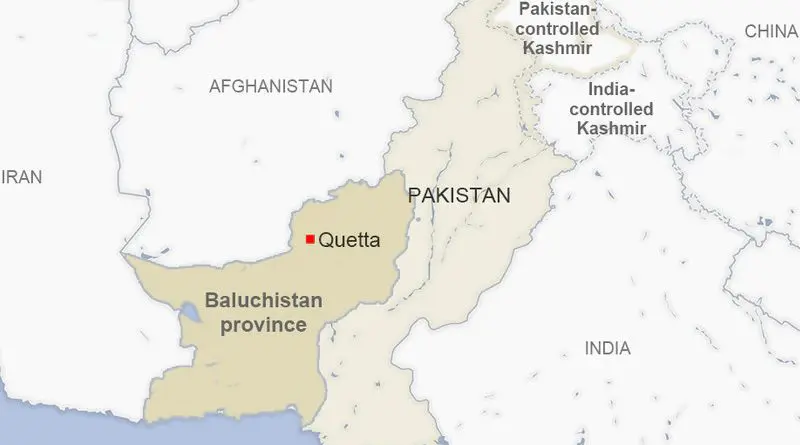Balochistan’s Journey To Peace: A Navigational Odyssey – OpEd
Balochistan’s Journey to Peace is a complex narrative of a region striving for stability and harmony amid historical challenges. The province, marked by ethnic diversity and geopolitical intricacies, has embarked on a multifaceted journey towards tranquility.
Faced with issues of insurgency and unrest, the pursuit of peace in Balochistan involves navigating through socio-political complexities, addressing local grievances, and fostering inclusive development. The narrative is shaped by efforts to bridge divides, promote dialogue, and engage in constructive negotiations to address the root causes of discontent. As Balochistan navigates its path to peace, the focus is not only on resolving immediate conflicts but also on building a foundation for sustained development, economic prosperity, and social cohesion. The journey to peace in Balochistan reflects the resilience of its people and the commitment to forging a future marked by stability and progress.
To understand the quest for peace in Balochistan, it’s crucial to consider the historical backdrop. The province has a long history of grievances related to resource allocation, political representation, and economic disparities. These issues have fueled discontent and, in some cases, armed insurgencies. Balochistan’s unique geography, rich natural resources, and a diverse population make it a region of strategic importance for Pakistan.
Development Projects: Pakistan has initiated a series of development projects aimed at addressing socio-economic disparities in Balochistan. These projects include infrastructure development, healthcare facilities, education, and access to clean water. The China-Pakistan Economic Corridor (CPEC) is a notable endeavor that seeks to bring economic opportunities to the region.
Political Reforms: Efforts have been made to address the political demands of the Baloch population. Increased political representation, decentralization of power, and improved governance structures is some of the steps taken to empower local communities.
Reconciliation: Dialogue and reconciliation processes with various Baloch nationalist groups have been initiated. These efforts aim to address grievances and find peaceful solutions to long-standing conflicts.
Challenges
Security Concerns: Security issues persist in some areas, hindering the implementation of development projects and political reforms.
Trust-Building: Rebuilding trust between the central government and Baloch nationalist groups is an ongoing challenge, as decades of conflict have left deep scars.
Economic Development: Achieving sustained economic development and creating job opportunities for the local population is essential to alleviate grievances.
Prospects for Peace
Despite the challenges, there is hope for lasting peace in Balochistan:
Dialogue and Reconciliation: Continued dialogue between stakeholders and a commitment to finding peaceful solutions are essential for long-term stability.
Economic Prosperity: Focused efforts on economic development and creating job opportunities can help address underlying issues and reduce support for militancy.
Regional Cooperation: Encouraging regional cooperation and trade can bring stability to the region and open new avenues for prosperity.
Conclusion
The journey towards peace in Balochistan is a complex and ongoing process. While challenges persist, there are positive developments that offer hope for a brighter future. Through sustained efforts in development, political reform, and dialogue, it is possible to achieve lasting peace in this historically troubled region. Balochistan has the potential to become a beacon of progress and prosperity, contributing to the overall stability and development of Pakistan.

